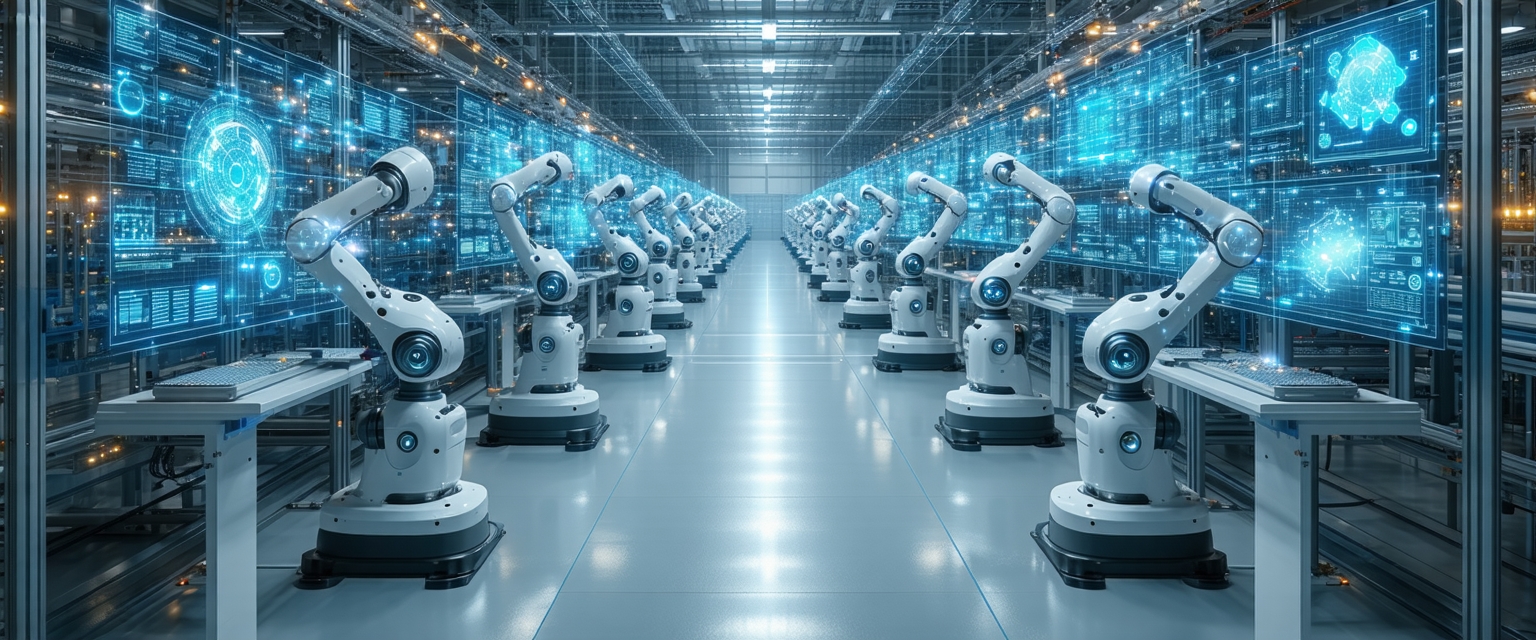






Smart manufacturing, the integration of data analytics, automation, and artificial intelligence (AI) into industrial processes, is rapidly transforming how goods are produced. Driven by the need for increased efficiency, agility, and resilience in the face of global competition and supply chain disruptions, this paradigm shift promises significant benefits but also presents unique challenges.
The evolution of smart manufacturing is rooted in several converging trends. The rise of powerful and affordable computing, coupled with advancements in sensor technology and the Internet of Things (IoT), has enabled unprecedented data collection from factory floors. This abundance of data, combined with sophisticated analytical tools and machine learning algorithms, allows manufacturers to gain real-time insights into their operations and optimize performance in ways previously unimaginable.
Simultaneously, automation technologies, including robotics, advanced process control systems, and 3D printing, have matured, offering greater flexibility and precision in manufacturing processes. The convergence of these factors has created the foundation for smart manufacturing’s emergence.
Recent advancements focus on enhancing the sophistication and integration of smart manufacturing systems. The adoption of edge computing, processing data closer to its source, is reducing latency and improving real-time responsiveness. Furthermore, the integration of AI and machine learning is enabling predictive maintenance, identifying potential equipment failures before they occur, minimizing downtime and reducing costs.
Digital twins, virtual representations of physical assets and processes, are also gaining traction. They enable manufacturers to simulate and optimize production processes, reducing risks and improving efficiency before implementation in the real world. Companies like Siemens and GE are at the forefront of developing and deploying these technologies.
A recent report by McKinsey & Company highlights the potential of smart manufacturing to boost productivity by up to 20% and reduce operational costs significantly. Their research emphasizes the importance of a holistic approach, integrating various technologies and fostering collaboration across the value chain. A separate study by Gartner predicts that by 2025, over 75% of large industrial companies will have deployed AI-based solutions for predictive maintenance. This clearly underscores the rapidly accelerating pace of adoption.
Smart manufacturing offers substantial opportunities for increased efficiency, reduced waste, improved product quality, and enhanced flexibility. However, challenges remain. The high initial investment costs, the need for skilled personnel to implement and manage complex systems, and cybersecurity concerns are significant hurdles. Data privacy and regulatory compliance also need careful consideration.
The future of smart manufacturing lies in further integration and interoperability across the entire supply chain. Blockchain technology may play a role in improving transparency and traceability. The focus will also shift towards greater sustainability, incorporating environmentally friendly practices and reducing the carbon footprint of manufacturing processes. Further development and wider adoption of advanced analytics, alongside increased collaboration between manufacturers and technology providers, will shape the future of this transformative industry.
“`